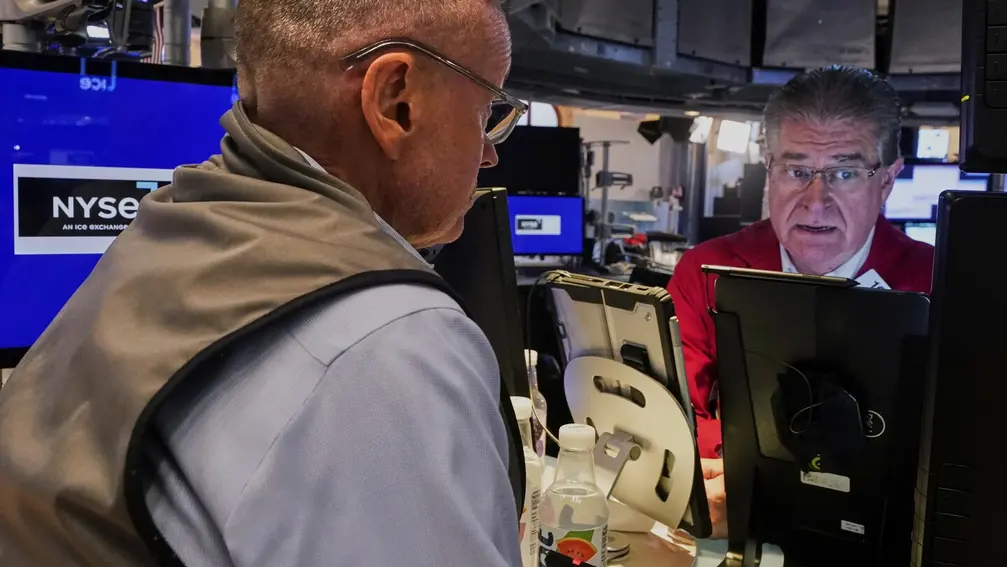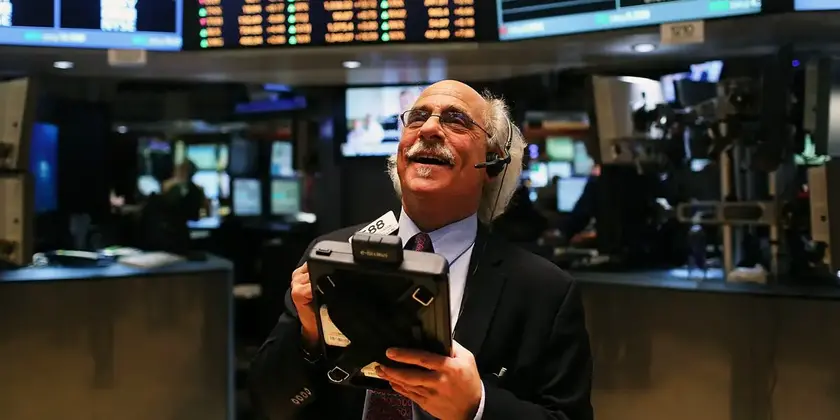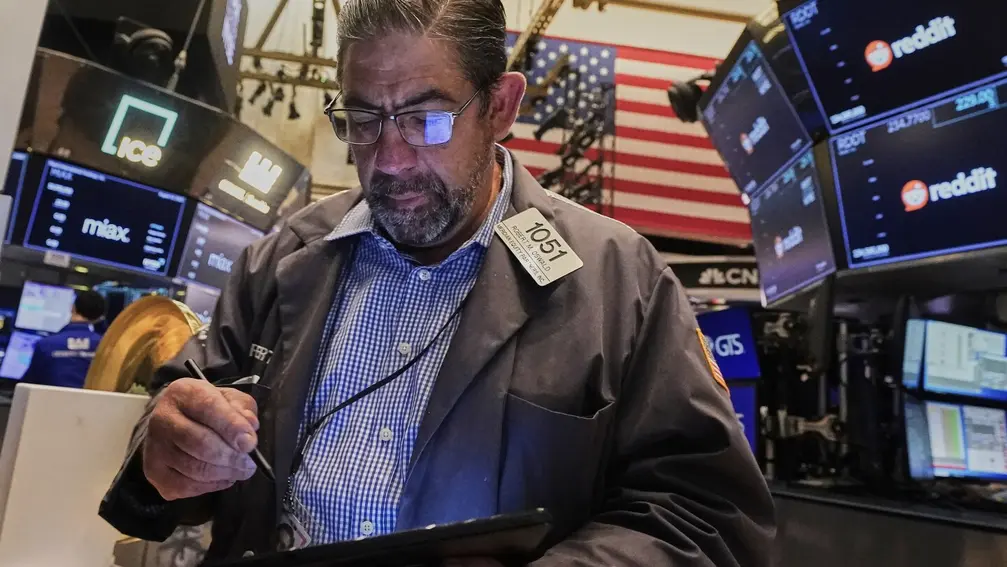T4K3.news
Dow Jones Climbs After Rating Affirmation
S&P Global reaffirmed the U.S. AA+ rating, citing tariff revenue as offsetting some fiscal risks; watch for deficits and Fed signals this month.

The market edges higher as S&P Global maintains the U.S. AA+ rating and flags tariff revenue as a stabilizing force amid fiscal policy questions.
Dow Jones Climbs After S&P Affirms U.S. Credit Rating
The Dow Jones Industrial Average opened higher on Tuesday after S&P Global affirmed the United States AA+ long-term credit rating, saying tariff revenue is likely to offset some of the fiscal impact from recent tax cuts and higher spending. The rating agency described the outlook as stable, noting that tariff measures could help shield the economy from a deeper deficit than policy could otherwise generate.
S&P also warned that a widening federal deficit and risks to the Federal Reserve’s independence could threaten the credit rating. The Fed is preparing for its mid-September meeting, with markets eyeing a possible 25 basis point rate cut. President Trump has publicly criticized Fed Chair Jerome Powell this year, highlighting ongoing tension between monetary policy and political leadership.
Key Takeaways
"Tariffs could offset the fiscal hit from tax cuts"
As the rating notes tariffs may cushion the budget impact from policy shifts
"Powell timing will shape the next rate move"
Editorial take on how monetary policy timing could influence markets
"Deficits loom over the credit outlook"
Direct observation from the rating agency about longer-term risk
"Markets want clear signals on budget discipline"
How investors interpret policy stability
The report frames tariffs as a counterbalance to the fiscal push from tax cuts and spending, but the certainty of that offset is disputed by observers who point to long‑term deficits. If deficits widen, credit conditions could tighten even with rating reaffirmations, especially if policy decisions erode trust in central bank independence. The market’s direction now depends on how clearly Washington can align tariff gains with sustainable budgeting and how the Fed signals its next steps amid political pressure.
Highlights
- Tariffs could offset the fiscal hit from tax cuts
- Powell timing will shape the next rate move
- Markets want clear signals on budget discipline
- Deficits loom over the credit outlook
Political and budget risk tied to tariffs and deficits
The article centers on tariff policies, fiscal deficits and Fed independence, all high-risk topics that could provoke political backlash or investor concerns. The way tariffs are framed and the expectations set around deficits could influence public reaction and market volatility.
Markets move on policy clarity as much as numbers, making the coming weeks a test of credibility.
Enjoyed this? Let your friends know!
Related News

Tech stocks retreat as markets pause after record highs

Wall Street slips as tariffs take effect

Tech stocks surge but inflation fears rise

Wall Street reaches new record amid profit reports

Markets Rally on Inflation Data

Tech Rally Pushes Markets Higher

Dow Jones Edges Lower as Markets Hover Near Record Highs Ahead of Powell Speech

Stock Market Update: Dow Reaches New High
